-
Posts
701 -
Joined
-
Last visited
Content Type
Profiles
Forums
Gallery
Events
Posts posted by Mark Pearse
-
-
A bit more....the toe rails are done & installed & I'm making the 6 horn cleats that sit around the cockpit area. The toe rails seemed especially fragile & gave me some grief. The Queensland Maple generally seems good to work with, but 1.5 x 2.5mm seems to be beyond it, just seemed to break at the slightest touch.
Sampson post started also, it will need a rod plus some quad timbers to trim it off.
thanks,
MP
-
-
beautiful John. The stern shape is beautiful & looks unusual to my eye: is the design typical for these boats, & for a particular reason?
thanks, Mark
-
-
thank you Patrick, & I agree that the designer had an artistic eye -
The spray boards are on (not sure if they have a proper name), they channel spray across the deck & help stop it going down the companionway hatch, & a spray dodger would clip off to it. The toe rails will possibly be next.
Also, temporary portholes / scuttles, done with paper to check position & size.
thanks
- michael mott, IgorSky, Omega1234 and 7 others
-
 10
10
-
-
- Bedford, kees de mol, Omega1234 and 12 others
-
 15
15
-
Back to the work bench again, lots of boating fun over summer...
I've started the rudder blade, as below. My understanding is that the designer put a sloping transom on this boat because he didn't like the fine edge of the rudder blade getting damaged by a dinghy, so the concave part of the curve near to the waterline might be altered to fulfil this intention.
The careful work of setting out the sponsons is underway; it's possibly the most challenging visual thing to get right on the design; the gunwales line give one curve, & the sponson line is in balance with that. The setout was done by wrapping the hull in about 6 large rubber bands & sliding the sponson strips underneath the bands. When I was happy I put a pencil line on the hull topsides. To help with accurate installation, I made some small studs that temporarily sat in drilled holes in the back of the sponsor strips. The positions were marked by pressing against the hull; the studs were replaced with brass rod that will help hold the strips in a stable position while the glue goes off.
studs
drilled holes in hull, repainting underway
sponsons with rods; also the 'teak' colour of the hatches went ok
- mtaylor, FriedClams, hexnut and 7 others
-
 10
10
-
Hi John
this has been great to watch, she is a beautiful & delicate model, & must have been a very pretty boat.
Mark
- Piet, FriedClams and mtaylor
-
 3
3
-
-
The hatches have progressed & are almost complete. They are just sitting in place & no finish as yet. I'd like to show a more teak colour than the other timber is, so I'll try putting a touch of black ink into the shellac - or perhaps a light watercolour wash on the timber before the shellac.
The companionway hatch is a simplified version of a simple mechanism & not much detail is shown, it is intended to be a very simple system anyway, similar to some that I have seen. I may show a brass flat bar on the top of the timber rails, but my metalwork has yet to be tested so we'll have to see about that. The decision will partly depend on the balance of detail on the model -
The curved beading at the ends was heated with a heat gun while I gently bent them with my fingers. A few cracked beads & lightly smoking fingertips, but when it worked they took only a few minutes. The timber is fairly brittle.
The main hatch might get some lights set into it, I'll decide that later, but fixed round lights would be a nice touch.
The fore hatch is ventilating, it's not quite completed, I will probably put a simple beading to the edge, similar to the others but probably a bit finer to suit the smaller size. The implied dovetails are just cut square & not bevelled, I felt that in this case showing some construction detail was important to give a sense of how the timberwork would be put together.
thanks,
good wishes for the Christmas season everyone.
-
Hi Vaddoc,
your boat is looking very nice.
I'm really new to this hobby, & one part of me is wary about giving advice when I'm not experienced, but it was from a friend that knows about boats & was useful for me at the same stage you are at - he said that if you can see the hull the right way up (i.e.: not upside down), & you can better judge how well the battens are lined off (assuming the battens are the future planking lines). It helped me; so I suppose that we are better at seeing a nice planking setout than we realise, we've all looked at a lot of photos & something must have sunk in.
Mark
- mtaylor, FriedClams, Omega1234 and 2 others
-
 5
5
-
-
Most of the finished raised deck cockpit parts have been installed. I'm happy with the shellac finish on the timber, about 8 coats well sanded, the final one with steel wool; & finally a thin coat of clear polyurethane finish was wiped on with a cloth to give satin finish, slightly glossy.
The deck in the cockpit area has been painted with the final colour, a matt cream colour. The edge of the seating footwell will be trimmed in timber, where the colour changes from cream to white.
The side rectangular panels are removable in the design, hence their beaded edging. The storm boards are simple, true to the intention that the boat was used mainly for the harbour & some short coastal trips. I've left the top part over-height to be trimmed down later. The 2 main deck hatches are started, I'll stain the timber a colour to replicate teak. The hatch details will be simple, a lot of boats here of that time had fairly poor hatches - I suppose that if it doesn't get too cold then it doesn't matter so much if it leaks air.
The capping pieces are not glued on yet, I may wait until after the topsides are repainted first, to be decided.
thanks
- allanyed, dj.bobo, FriedClams and 11 others
-
 14
14
-
-
Yet another hiatus from the model, this time it was to rebuild a 1:1 hatch into a ventilating one. It's no lightweight, but neither is the boat.
I've been working on the capping pieces that trim off the topsides besides the cockpit. Visually incredibly important for this boat, so it's nice to have completed one side.
Some of the timber has some shellac on it, & the raised deck step has some more pieces done or underway - storm boards & the vertical frames either side.
thanks, Mark
-
I've started doing the timber work details, initially in the cockpit area & probably move on to the deck & the topsides timber work last. I'm using some Queensland Maple for most of it, ripped into strips of various thicknesses. The finish will be shellac, it's versatile, quick & the finish is good when it's finally rubbed with some steel wool. I've noticed that a full gloss finish is glossier when you are close to it than when you are further away, so I reason that to "scale" a gloss level, it should be reduced from full gloss to match the scale of the distance. So, there won't be full gloss on the model even though the varnish would be full gloss in reality.
Not having done this before, I'm being cautious & will make as many parts as I can without installing them, to do the shellac finishing separately & then glue them in after paintwork has been done. For the timber to be glued in & then finished insitu, I'll be as careful as I can & let the paint go over any shellac on the wrong areas. The seat backrests, hatch panels, winch bases are just sitting there loose.
The removable hatches have a few coats of shellac to see the colour, they are not glued in yet. The finish has a light sanding.
Detail of the seat backrest corner.
Winch mounting block underway, the sides will be tapered upwards.
thanks for looking, bye for now
MP
-
-
-
Hi John
I've got a couple of ideas on the spreaders: do you think it's possible they ran a line to the mast head & used a boom as an occasional crane for loading? Another possibility is to do with the gaff - the peak halyard would run from the masthead & load the mast to the side a lot of the time - probably all of the time given old canvas sails. It would almost never pull straight aft with much load because as soon as there's some wind the gaff would pivot around the mast, esp given the likely sails. If this hunch is correct, the tip of the mast wouldn't be loaded pulling aft, the real risk of breaking the tip off would be to the side....If the wind was so light that the gaff was sitting more or less straight aft then there would be no need to support the mast tip.
best, Mark
- mtaylor, Piet and popeye the sailor
-
 3
3
-
-
-
-
I want to make some metalwork parts for the model, & some of the parts have multiple flanges where they probably can't all be attached at the same time. I have't done any soldering or brazing & was wondering if an iron would be better if there's more than one flange to attach...would a torch tend to soften any joints already done?
thanks, below shows one of the parts


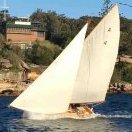
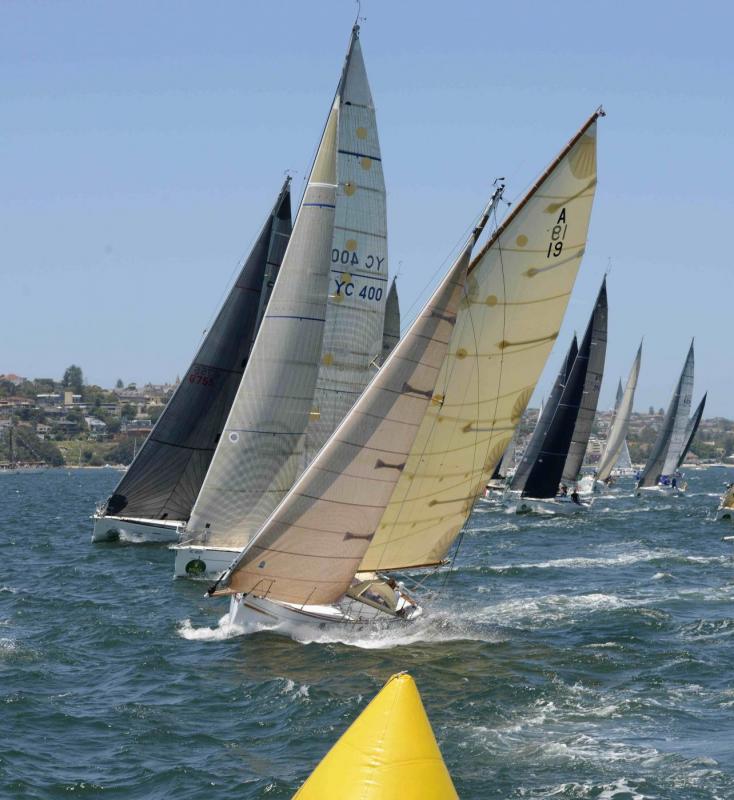
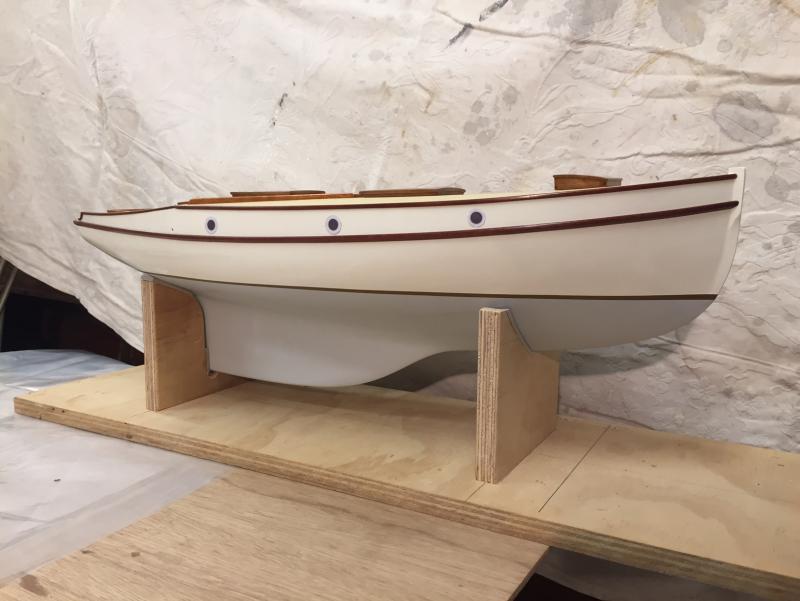
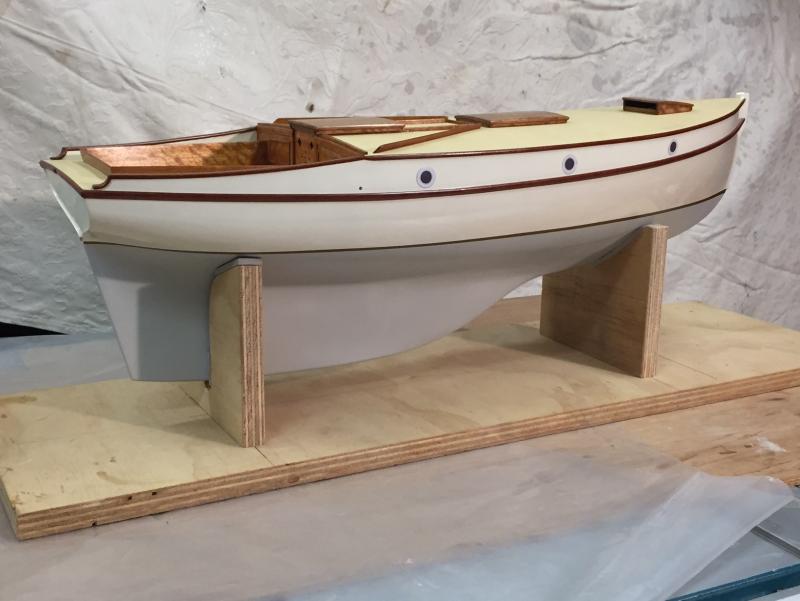
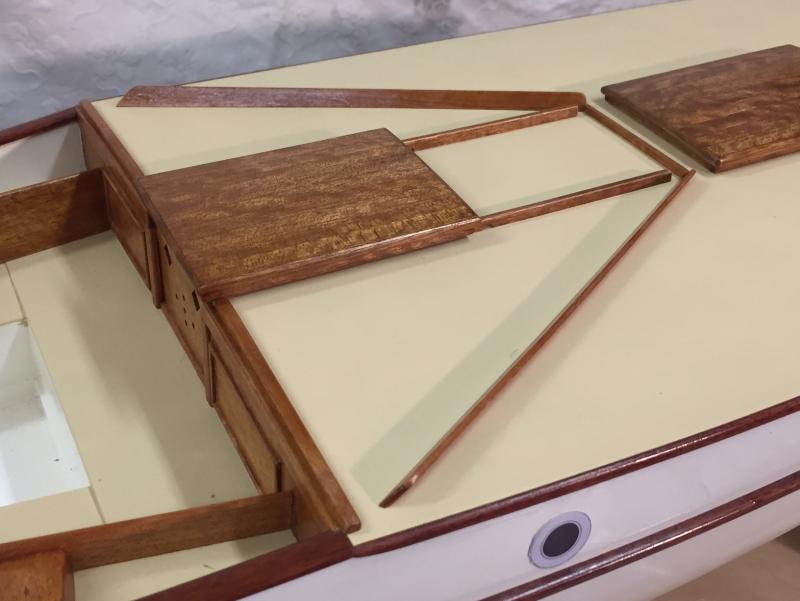

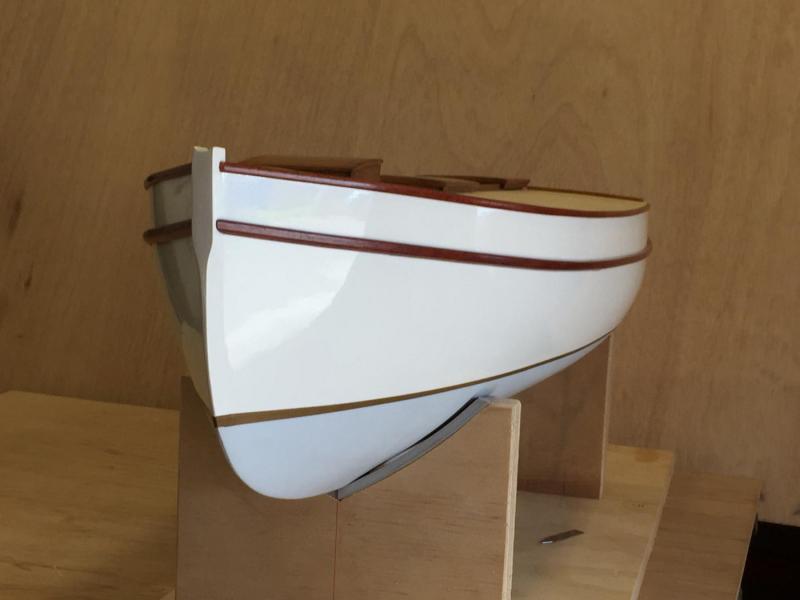
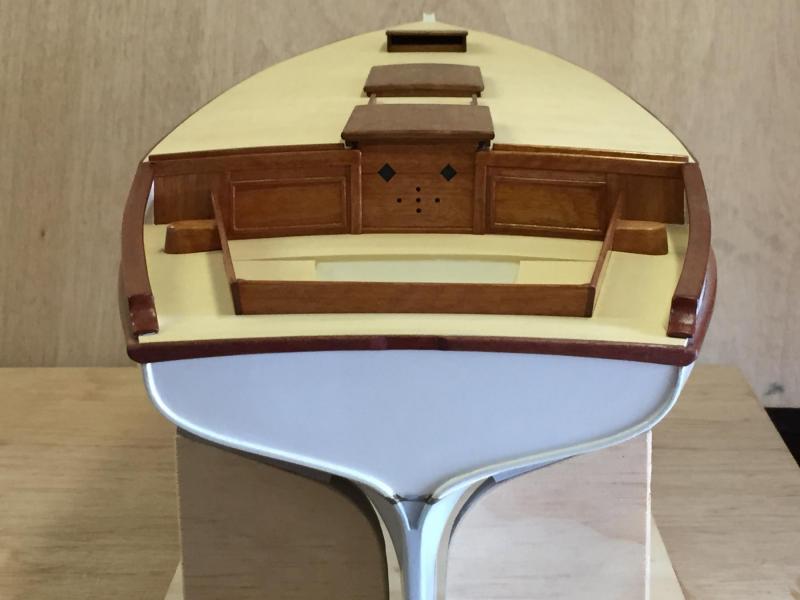
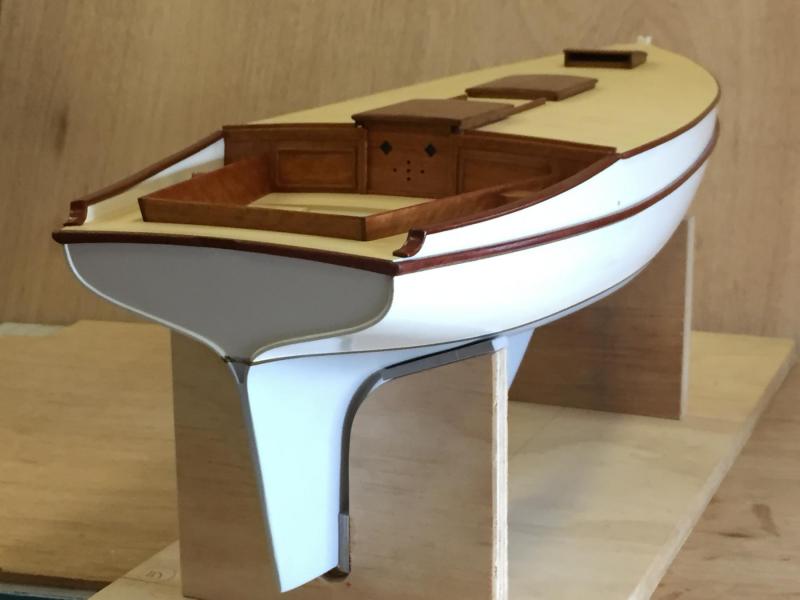
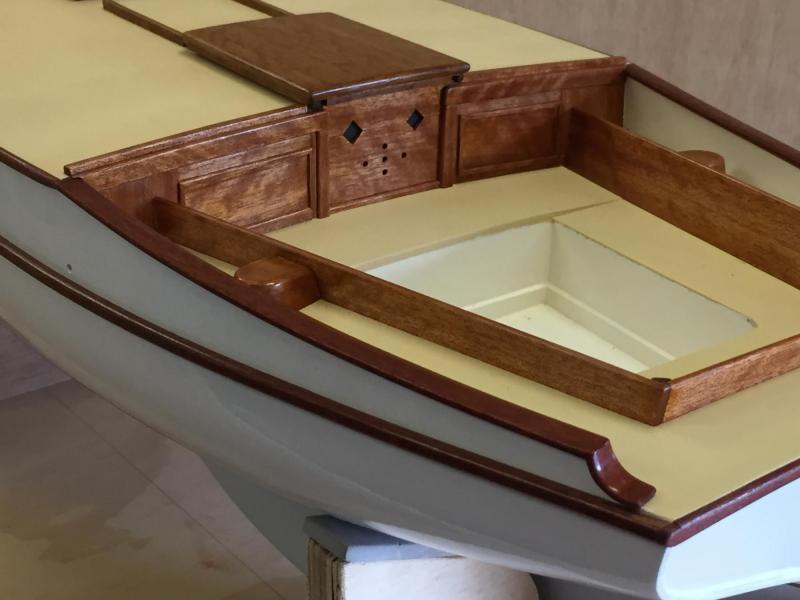
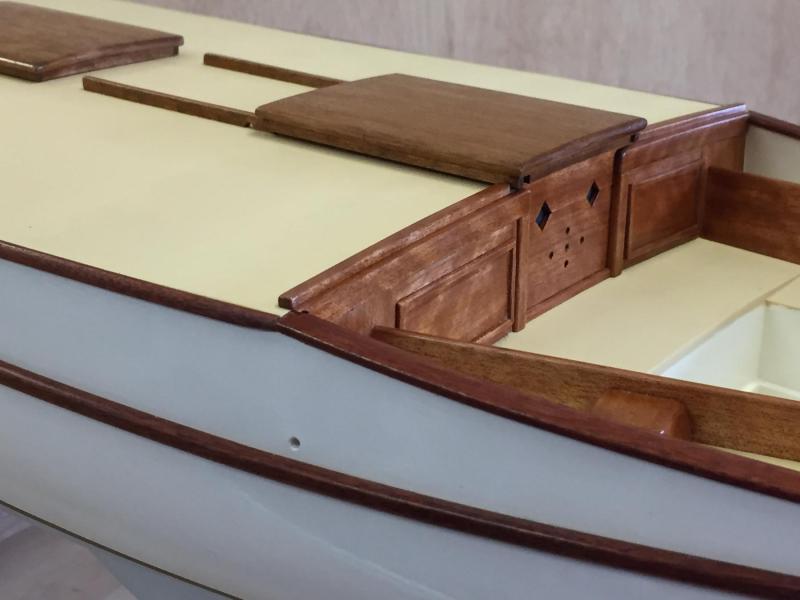
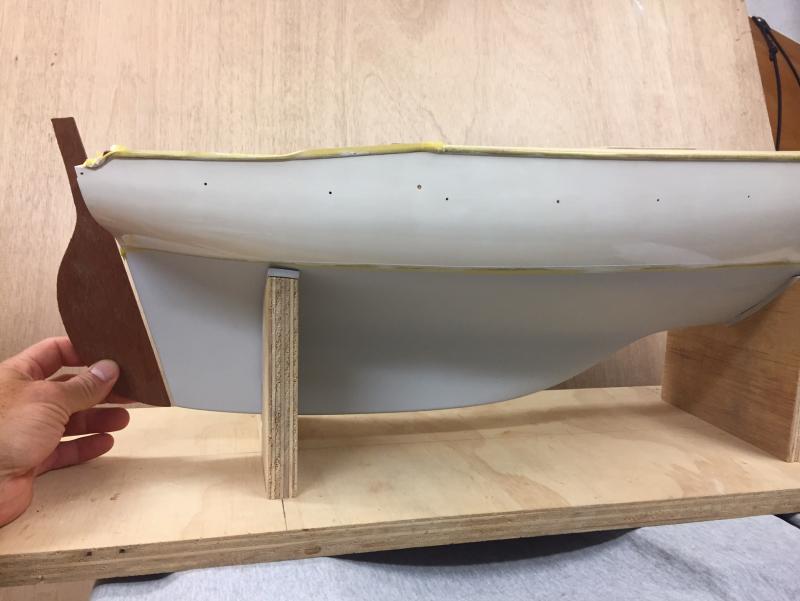

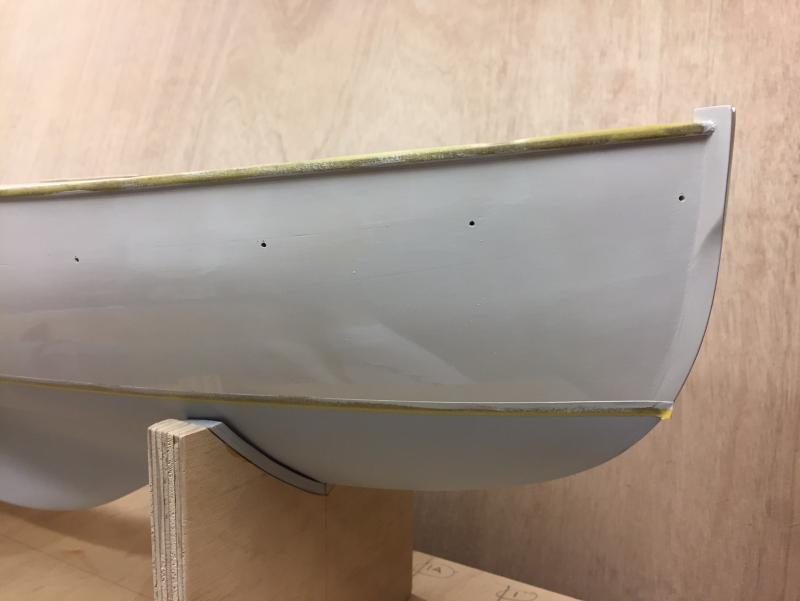

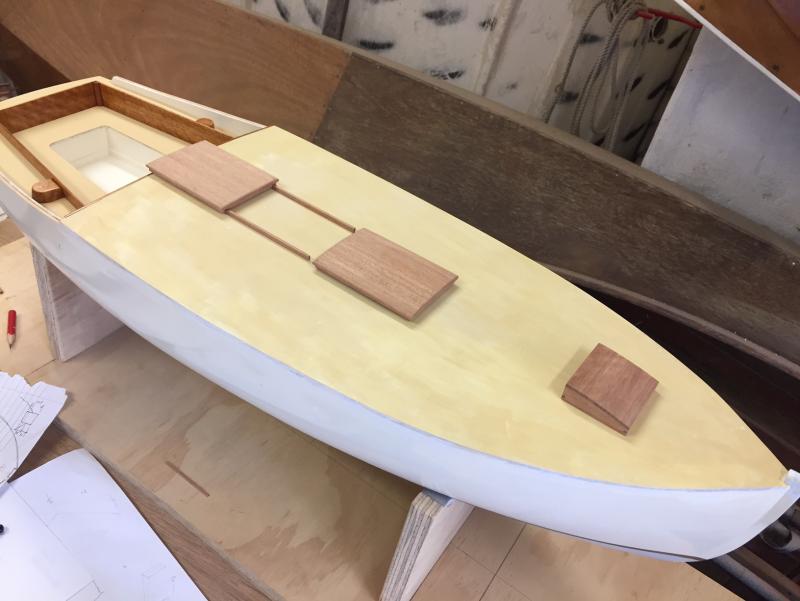
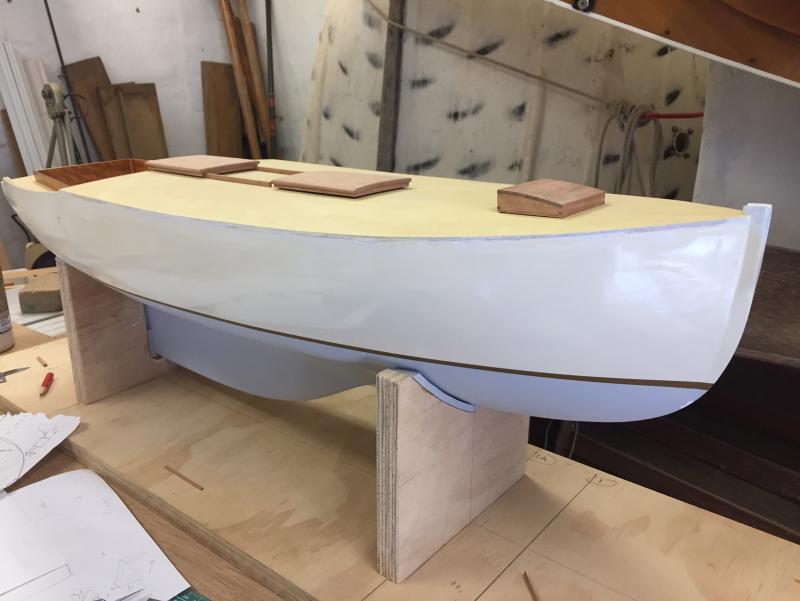
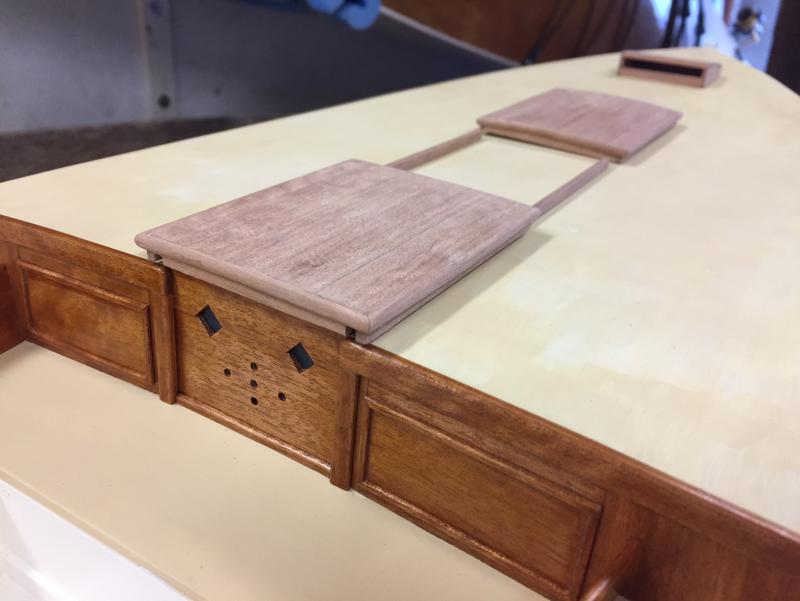
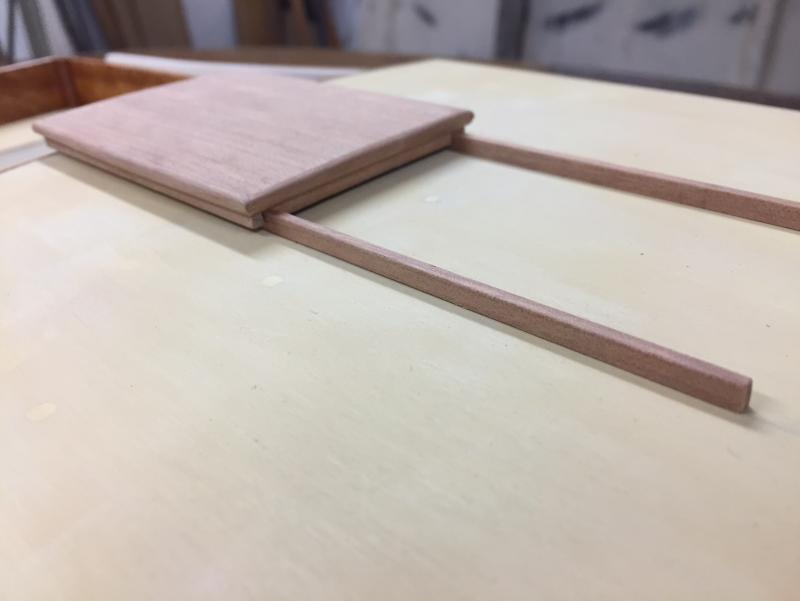
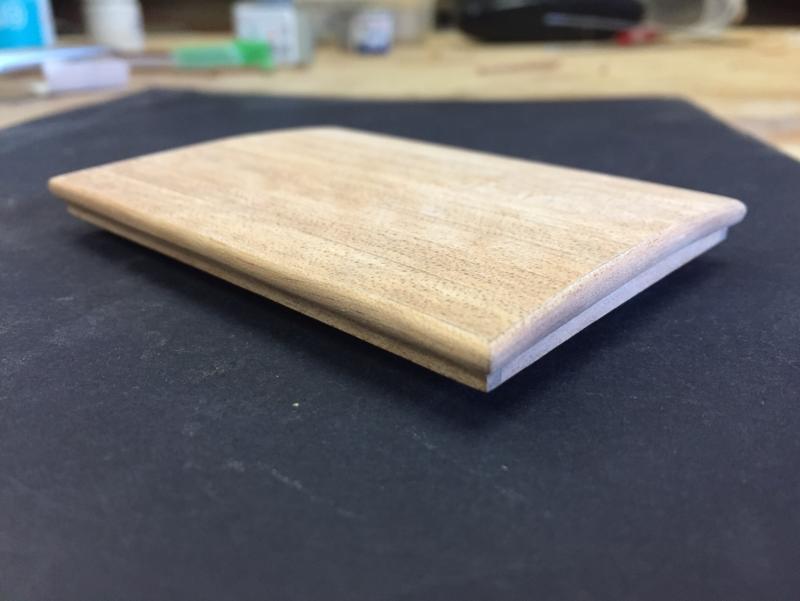
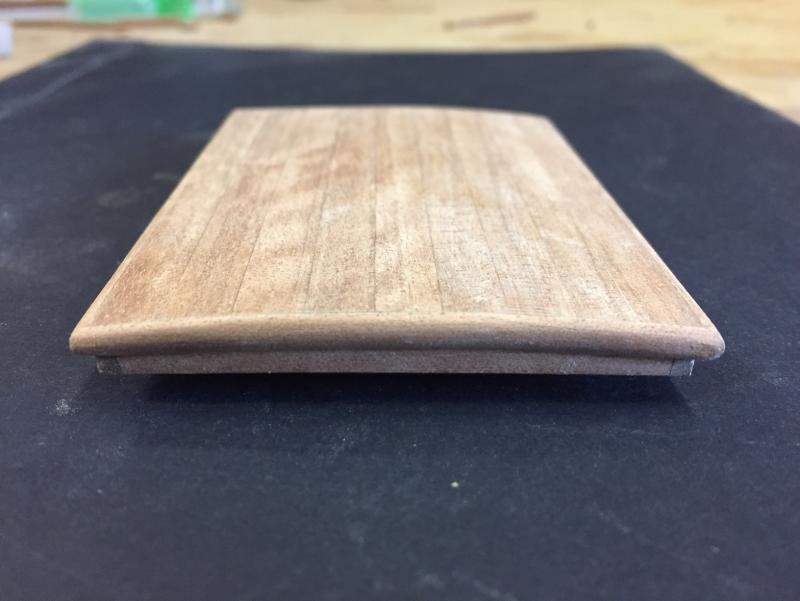
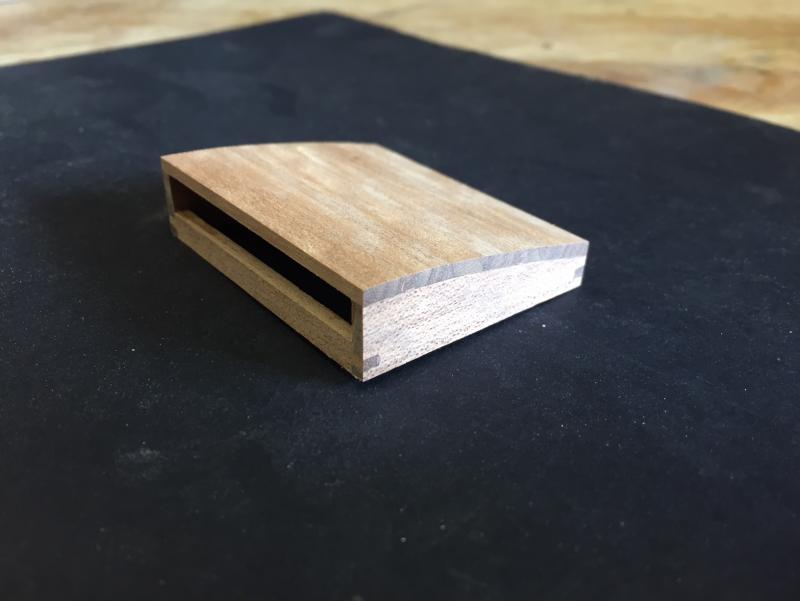
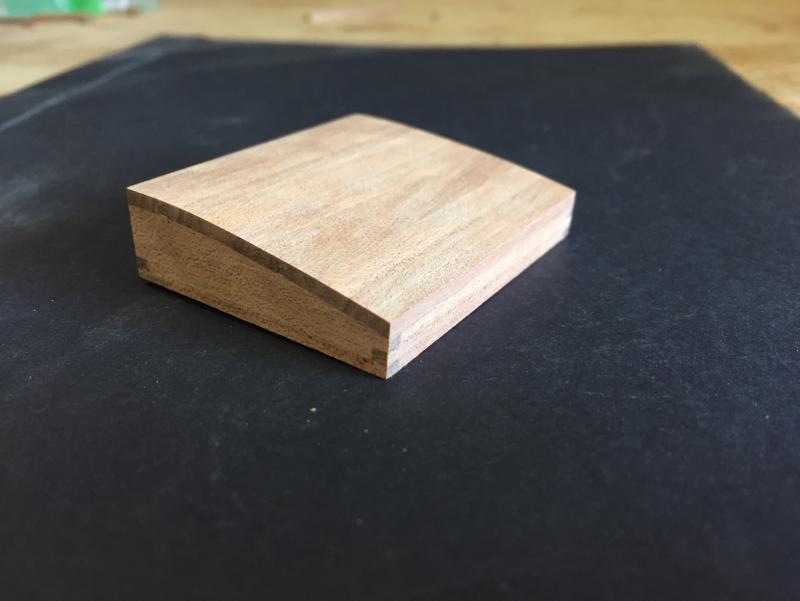
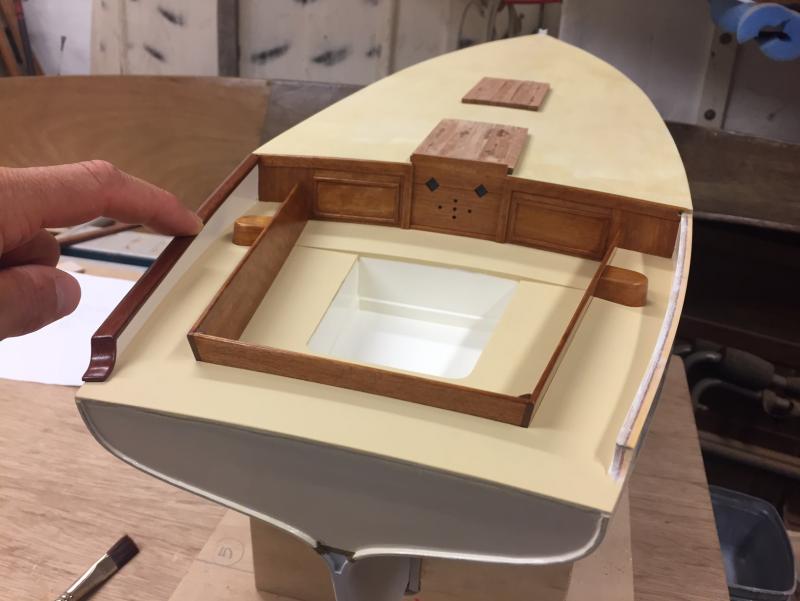
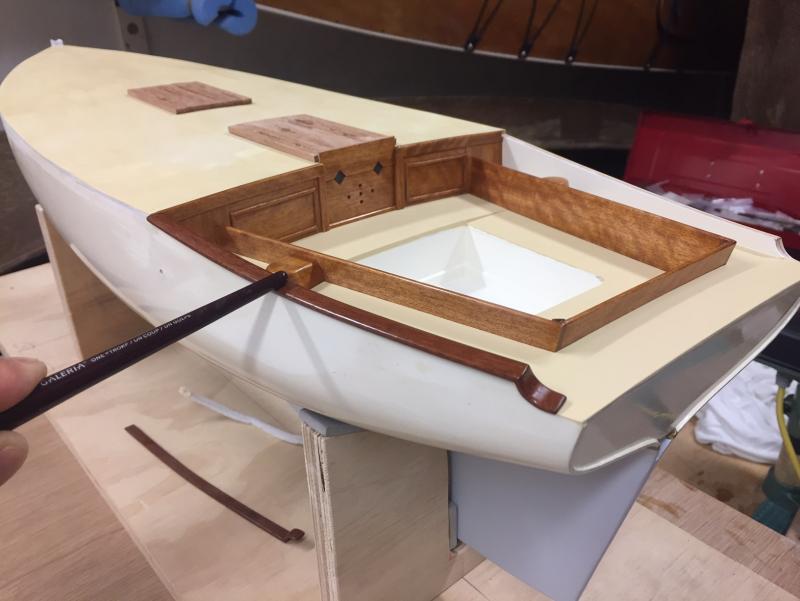
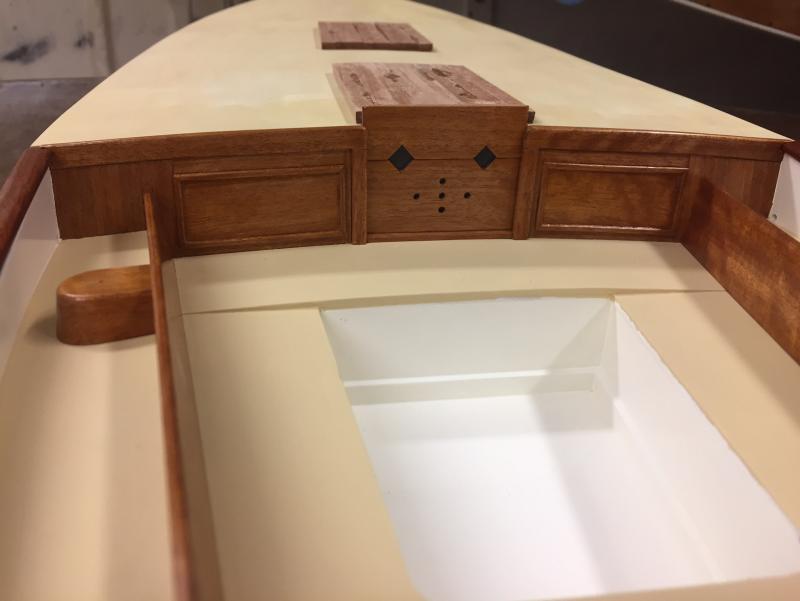
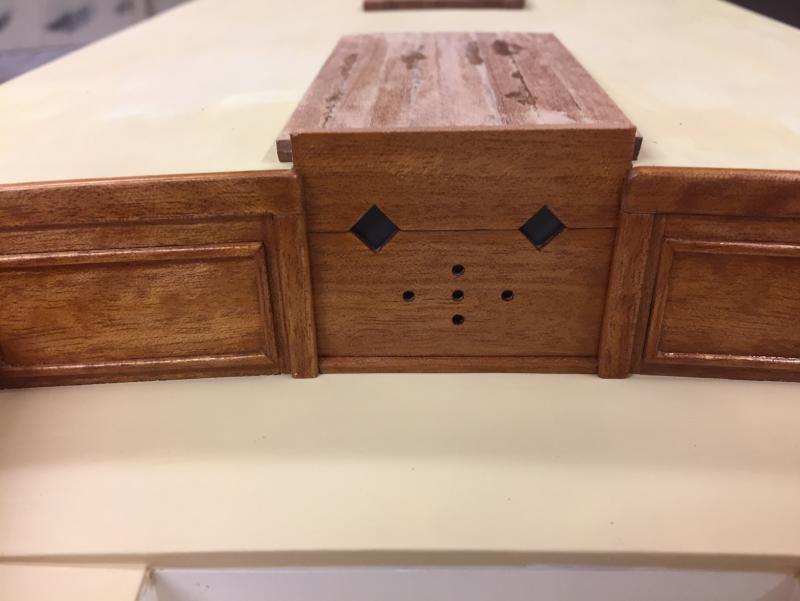
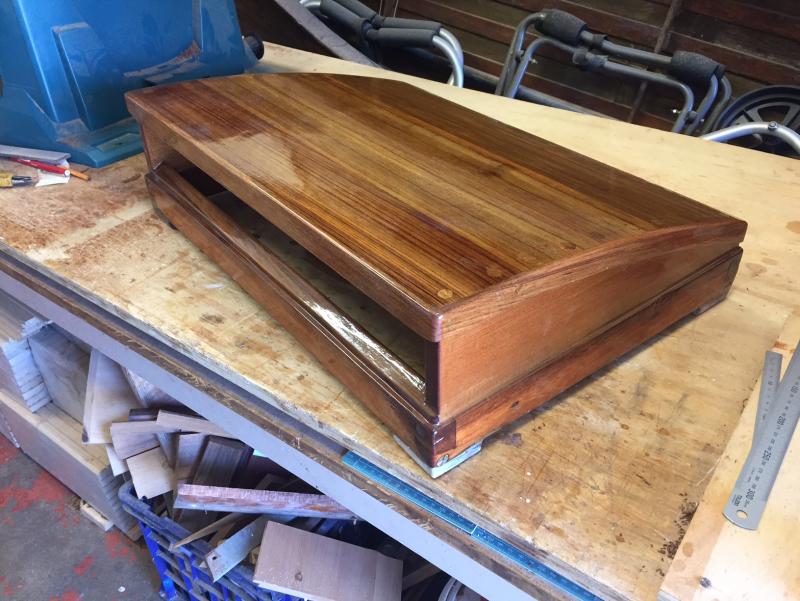
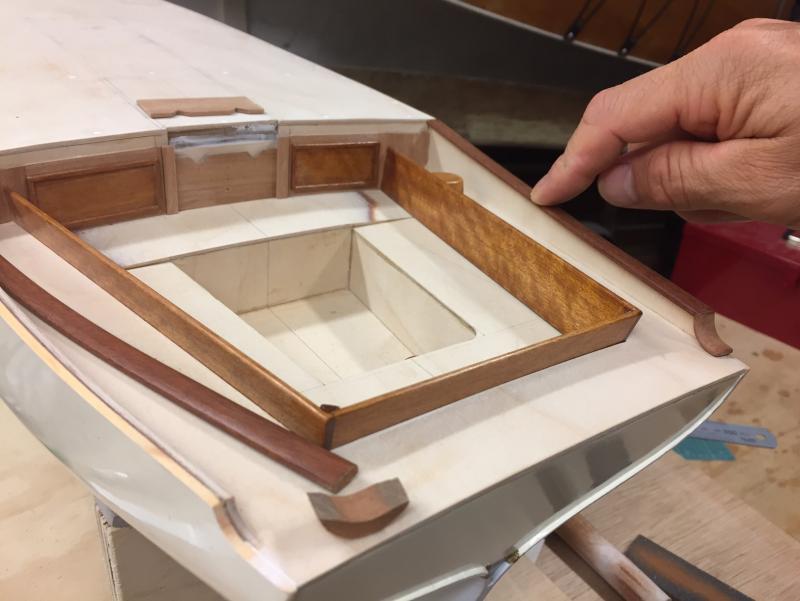
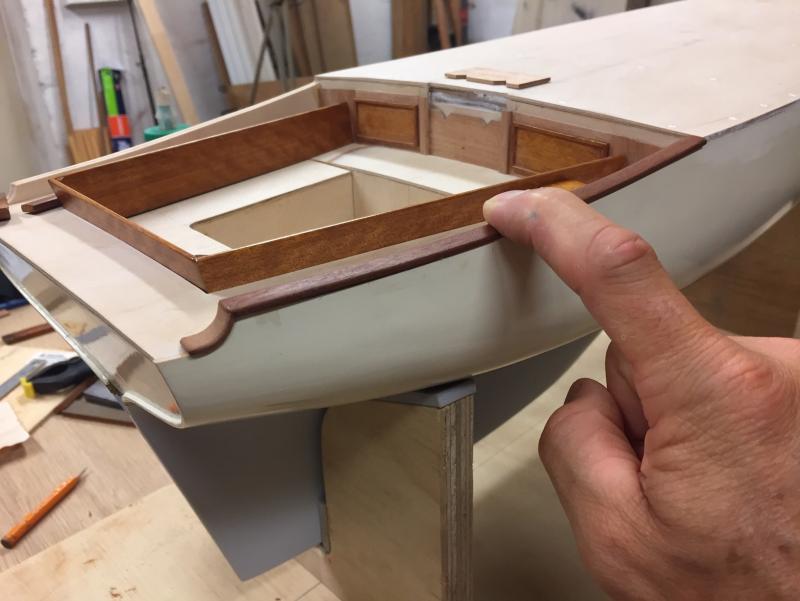
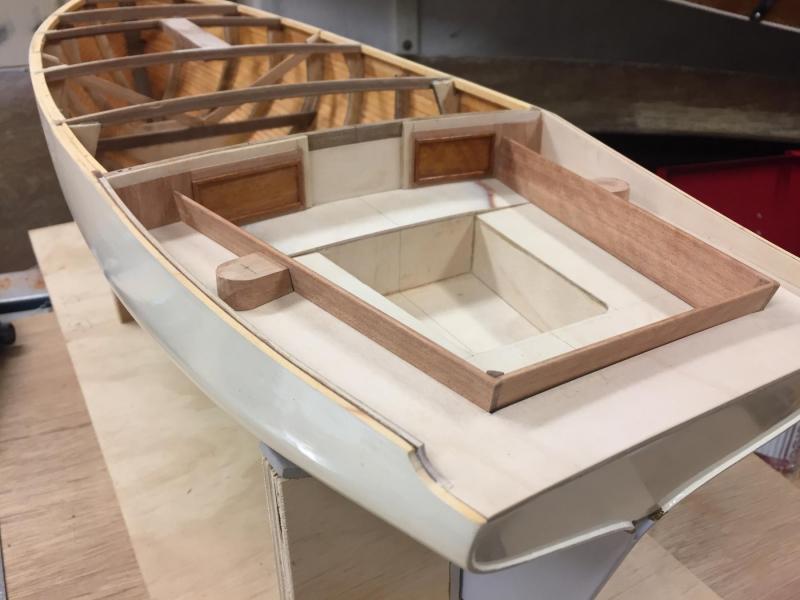
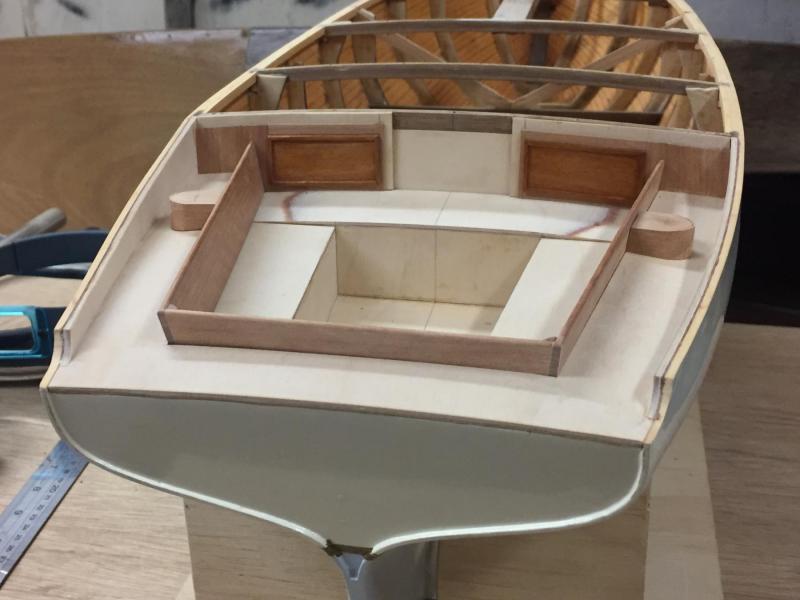
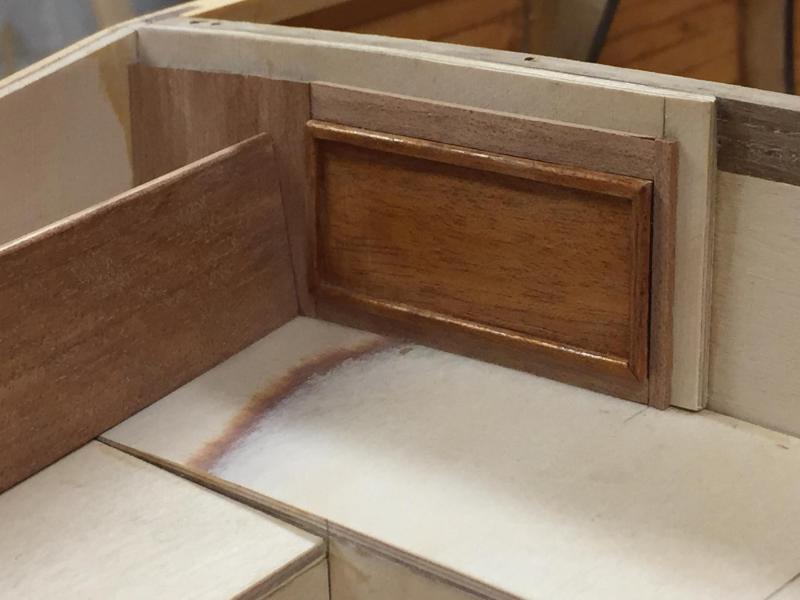
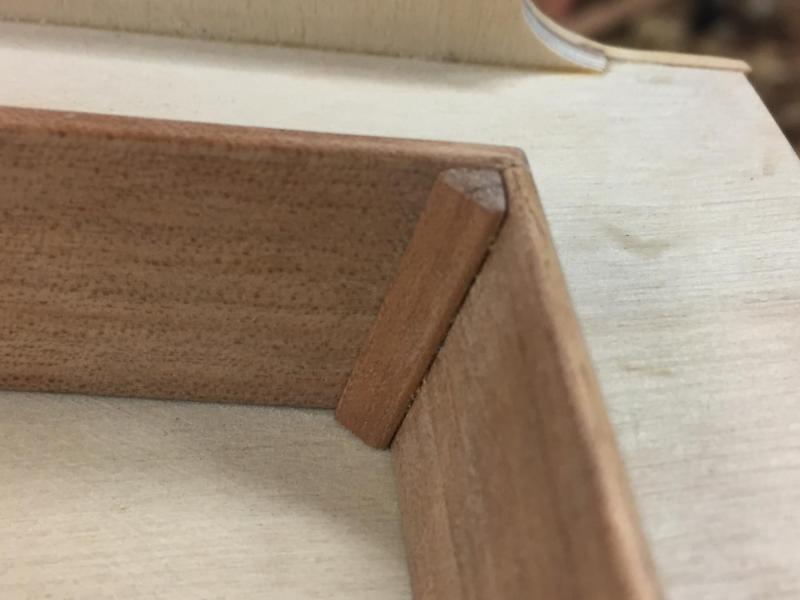
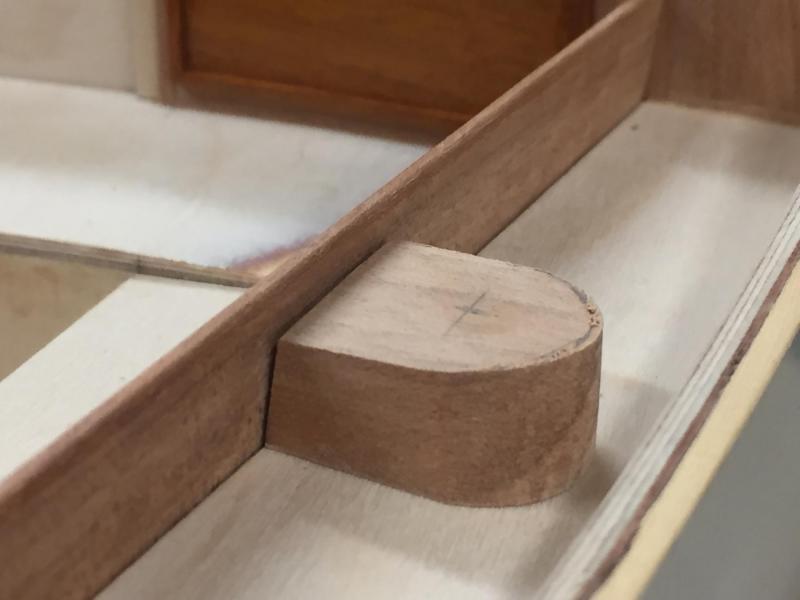
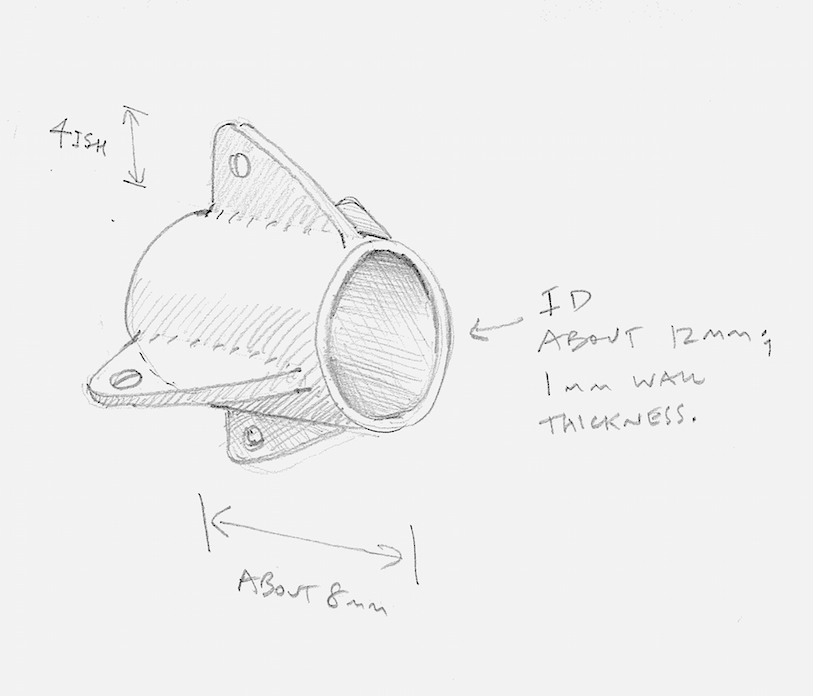
Machine a curer les ports 1750 by guraus (Alexandru) - FINISHED - 1/36
in - Build logs for subjects built 1501 - 1750
Posted
Hello Alex, very enjoyable, & beautiful.
Is this tool some sort of clamp?
thanks, Mark